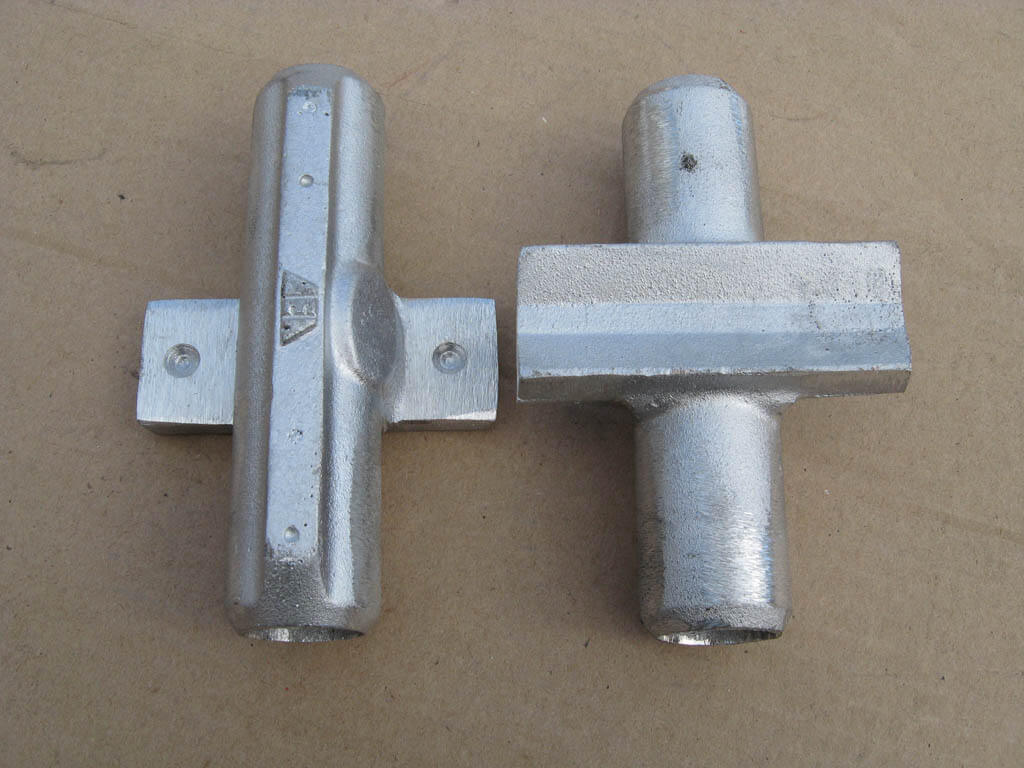
Food-Grade Aluminium Castings: Alloy & Coating Choices for Hygiene & Cleanability
TP Castings delivers food-grade aluminium castings with trusted alloy and coating solutions designed for superior hygiene, durability, and cleanability. In

TP Castings delivers food-grade aluminium castings with trusted alloy and coating solutions designed for superior hygiene, durability, and cleanability. In
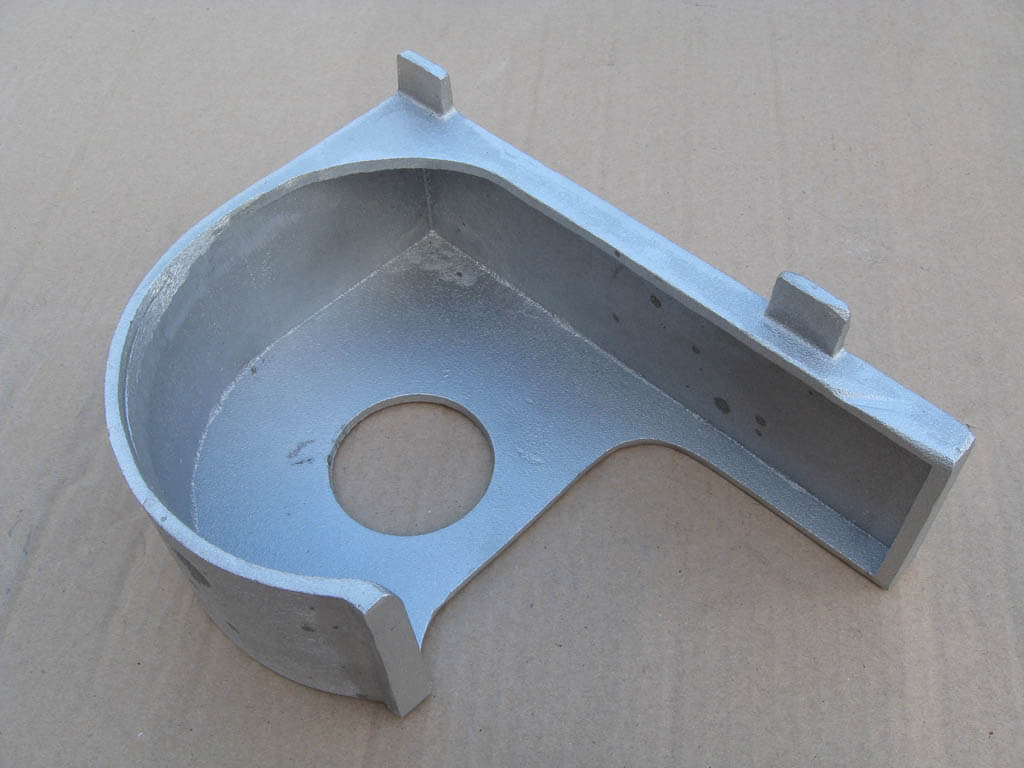
Enhance pump performance with TP Castings. Learn how the right aluminium casting alloys reduce erosion and corrosion for long-lasting reliability.
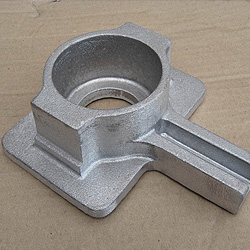
TP Castings delivers durable, cost-effective solutions with powder coating and non-ferrous metal castings, offering reliable performance across industries. Non-ferrous metal
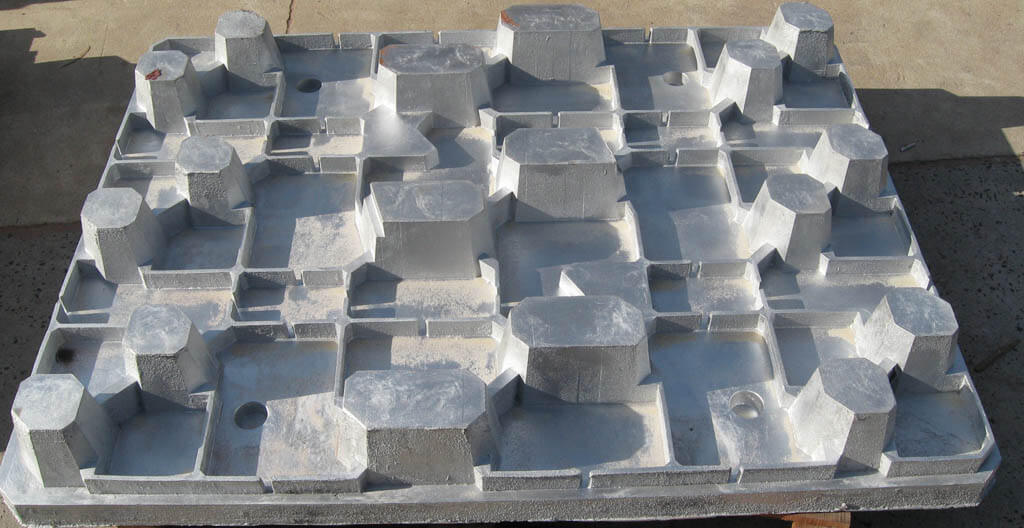
TP Castings delivers precision-engineered vacuum moulding dies that reduce waste and improve sustainability for high-quality, eco-friendly castings. Vacuum moulding dies
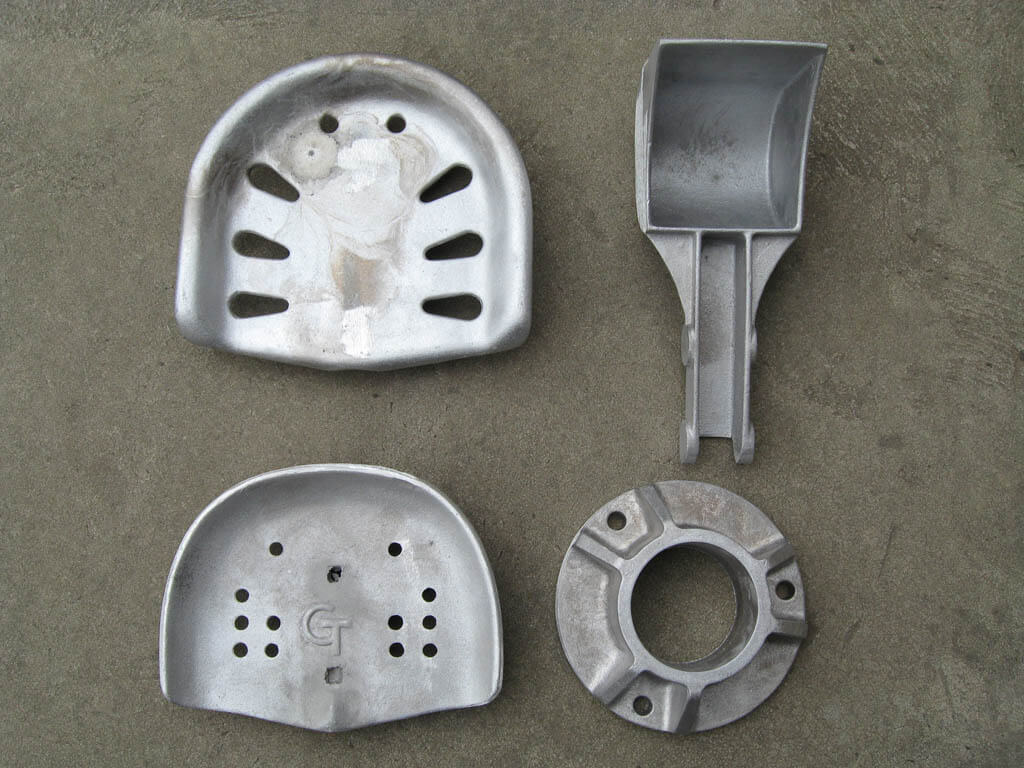
TP Castings offers expert aluminium casting solutions from prototype to production, ensuring quality, efficiency, and reliability for engineering projects. Aluminium
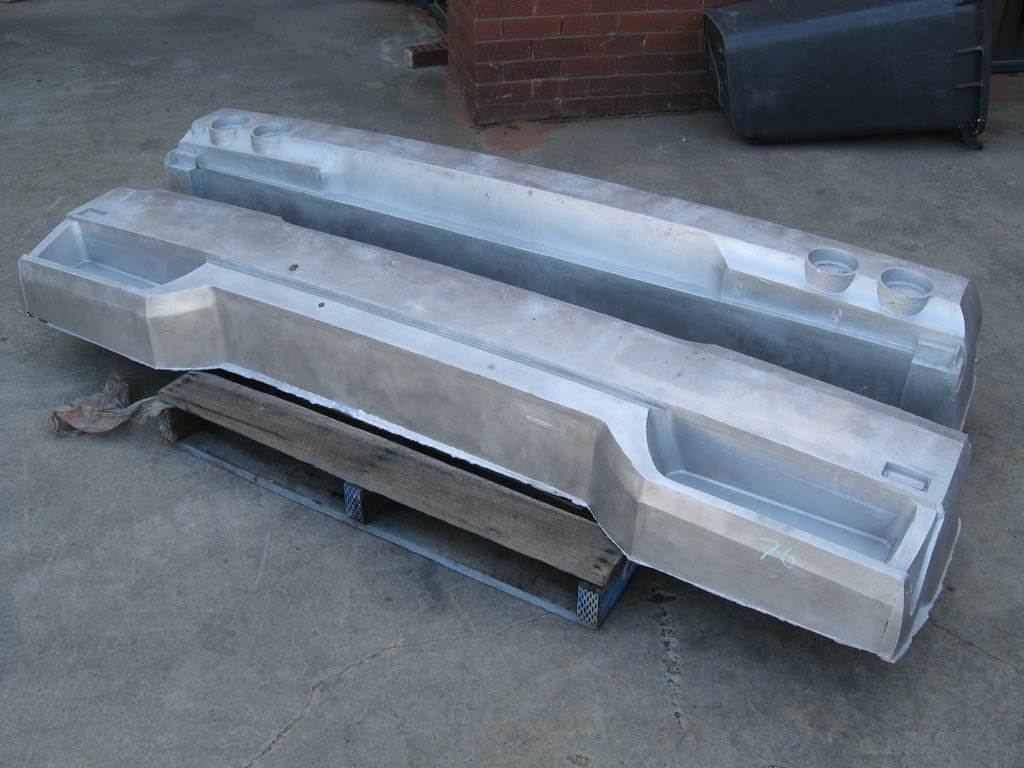
TP Castings delivers efficient aluminium casting solutions for complex industrial needs, offering precision and reliability trusted across key sectors. For
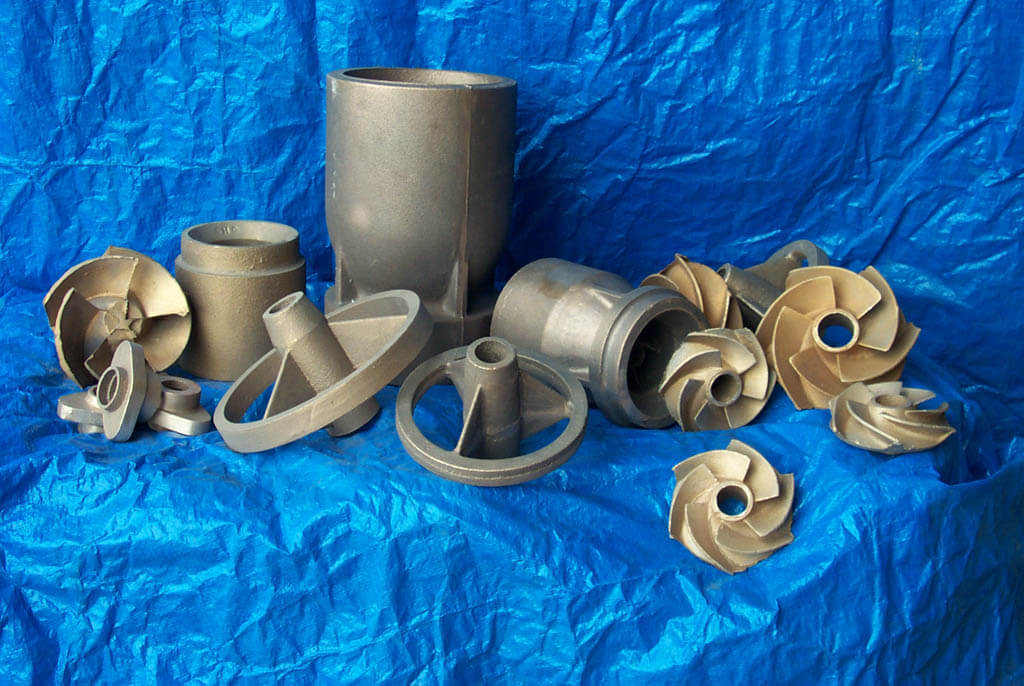
TP Castings delivers precision-engineered custom metal casting solutions trusted by engineers & manufacturers for complex industrial components. The ability to
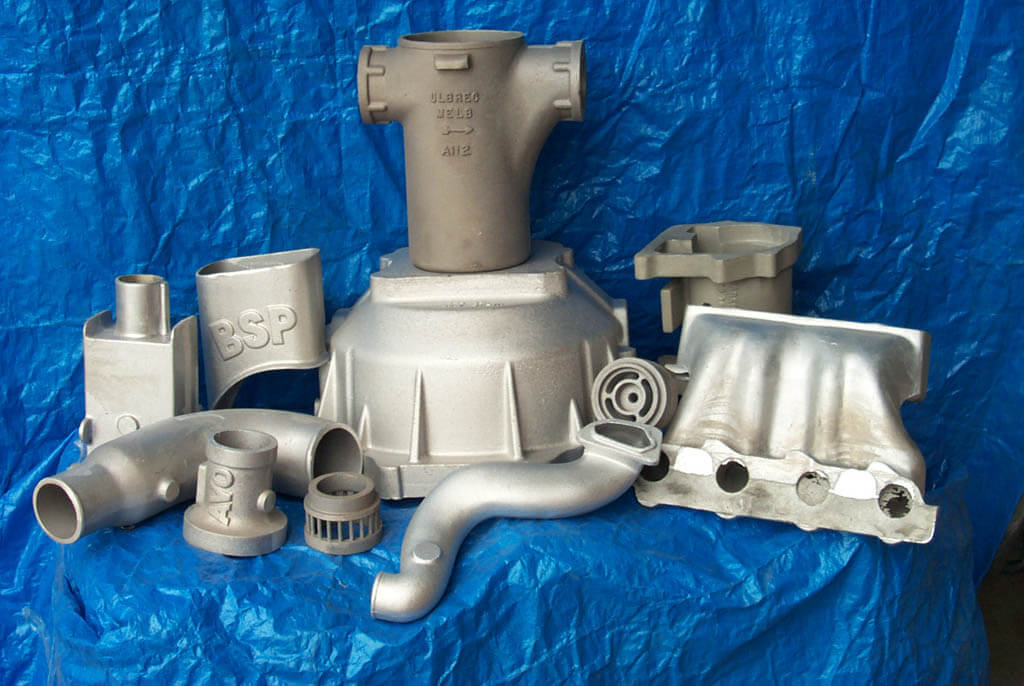
TP Castings – expert foundry Melbourne, providing reliable casting solutions for industrial and commercial projects with quality and precision. High-quality
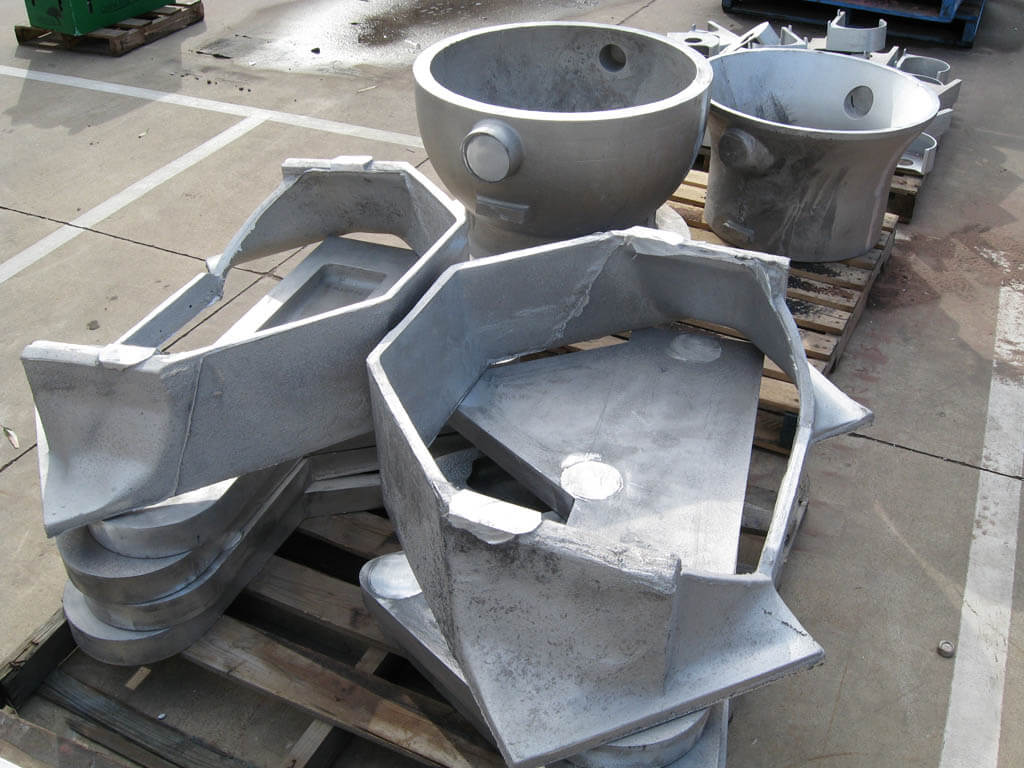
Looking for metal casting near you in Melbourne? We produce high-quality turbo components for automotive OEMs with fast turnaround and
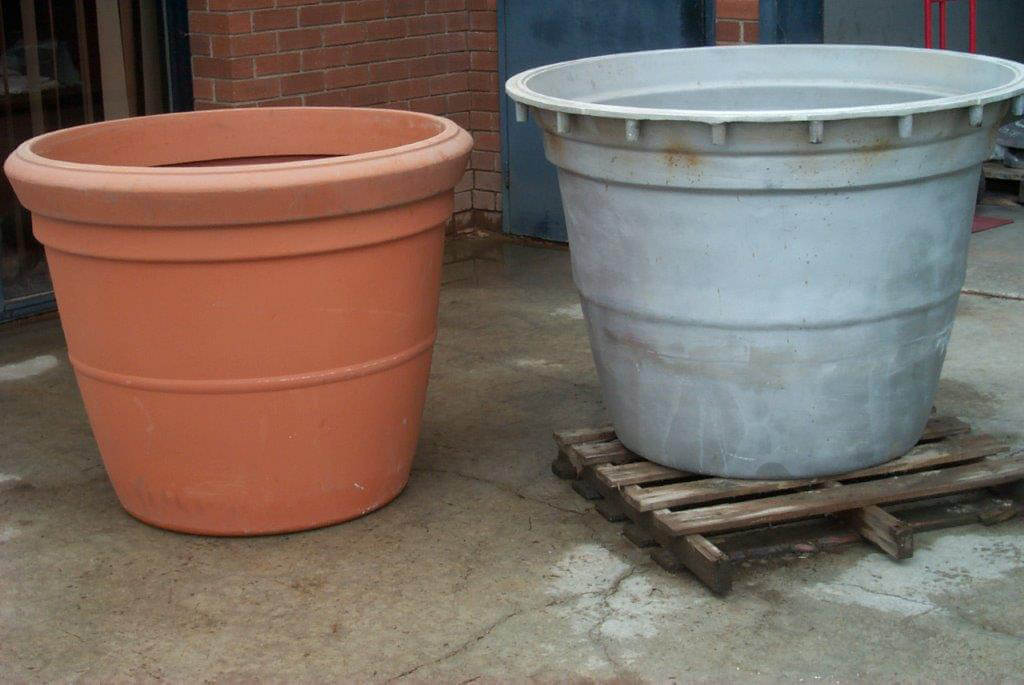
Learn how TP Castings is transforming custom plastic tank manufacturing through advanced rotational moulding, delivering cost-effective solutions. The demand for

Australian-made pump and valve castings by TP Castings—precision engineered for durability, quality craftsmanship, and reliable industrial performance. Pump and valve

TP Castings offers custom-engineered aluminium castings up to 800kg, delivering precision, strength, and quality for large-scale industrial projects. Aluminium castings